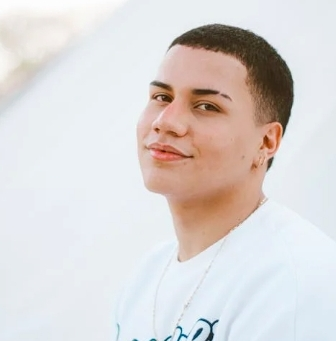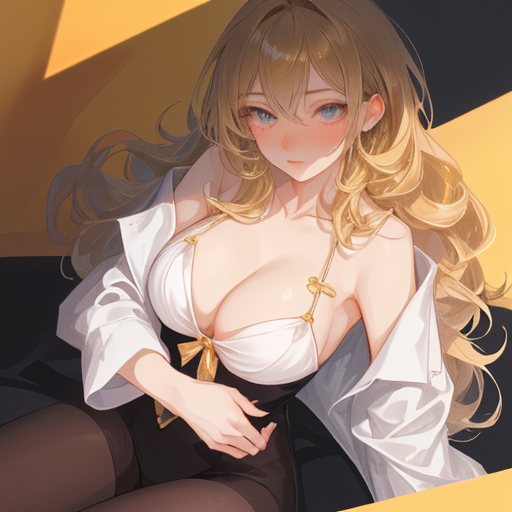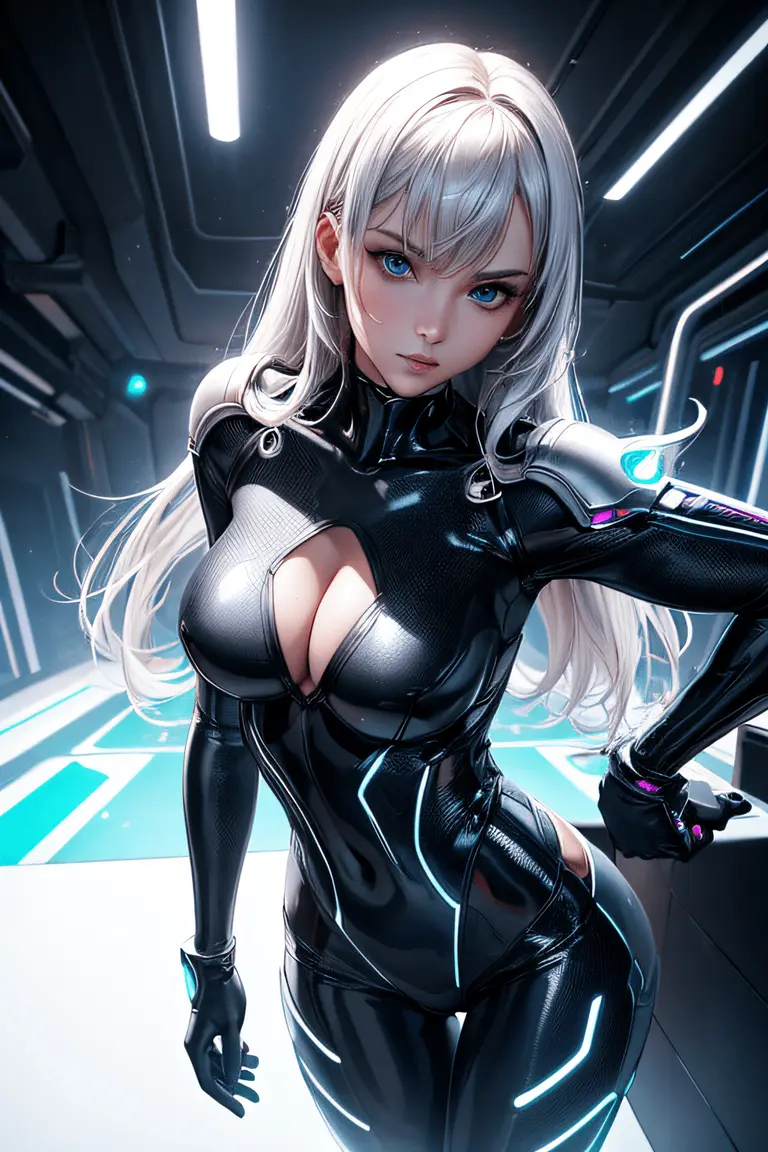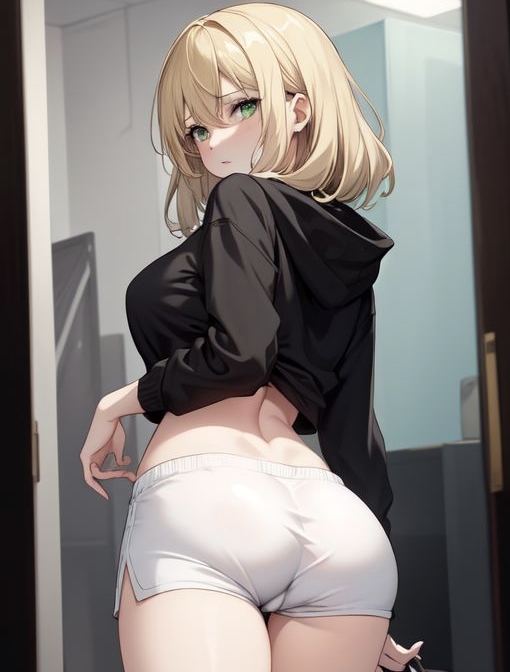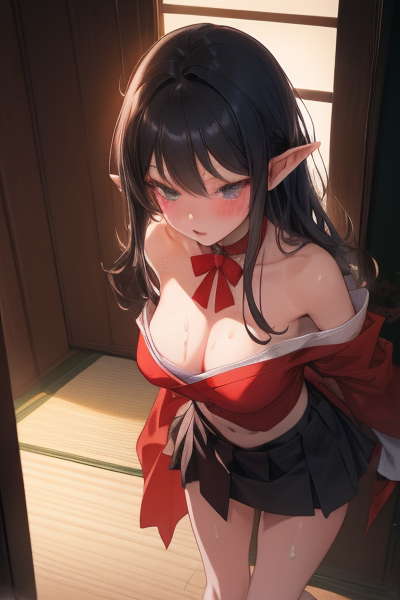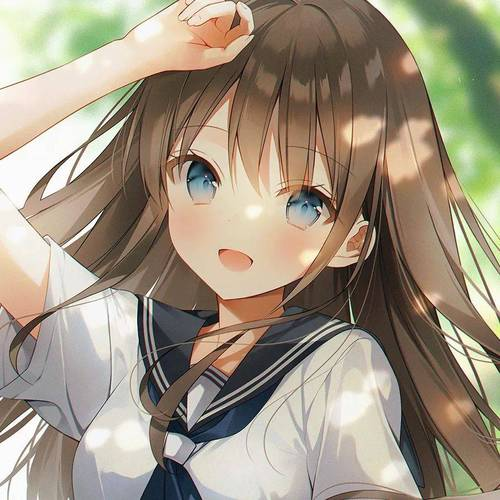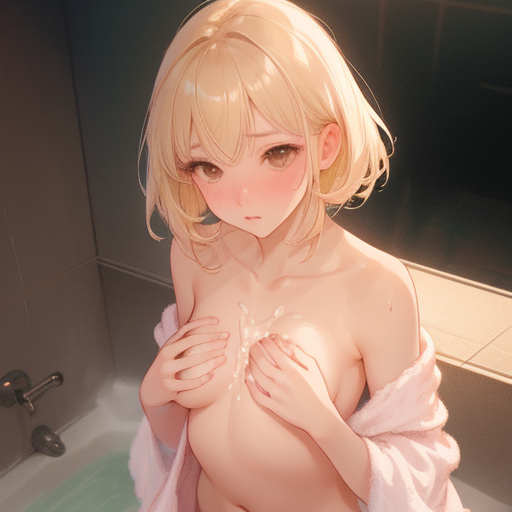Unveiling the Intricacies of AI-Powered NSFW Art Filters
The Fusion of Creativity and Controversy: NSFW AI Art Filters
When it comes to the intersection of technology and creativity, one area that has stirred up both fascination and debate is the development of AI-powered NSFW art filters. These filters are designed to enhance or alter images to make them more suitable for public consumption, filtering out explicit or sensitive content automatically. However, the advent of these filters has raised questions about censorship, artistic freedom, and the ethical implications of using AI in this context.
One of the key features of NSFW AI art filters is their ability to analyze images and identify potentially offensive or sensitive content. By leveraging machine learning algorithms, these filters can detect nudity, violence, or other explicit themes in artwork and apply modifications to make them less explicit. While this technology has the potential to protect users from encountering inappropriate content, it also raises concerns about the impact of censorship on artistic expression.
Proponents of NSFW AI art filters argue that these tools are essential for creating a safer online environment, especially for young audiences who may be exposed to explicit content. By automatically filtering out NSFW material, these filters can help prevent individuals from viewing inappropriate images unintentionally, thus maintaining a more family-friendly online experience. Additionally, some artists see these filters as a valuable resource for ensuring that their work complies with content guidelines and standards.
On the other hand, critics of NSFW AI art filters raise valid concerns about the potential for censorship and the suppression of artistic expression. By relying on algorithms to determine what is considered "safe" or "appropriate," there is a risk that these filters may inadvertently censor legitimate artistic content that challenges societal norms or addresses controversial topics. The subjective nature of these filters also raises questions about bias and discrimination, as certain themes or styles of art may be disproportionately targeted for censorship.
Another aspect of NSFW AI art filters that has garnered attention is their impact on the creative process. Some artists view these filters as a helpful tool for exploring new ideas and experimenting with different styles, allowing them to quickly transform their artwork and explore alternative interpretations. By using AI to modify and enhance their work, artists can push the boundaries of traditional art forms and create innovative pieces that challenge conventional aesthetics.
However, there is also a concern that reliance on AI filters may lead to homogenization and the dilution of artistic vision. As artists increasingly rely on automated tools to edit and refine their work, there is a risk that creativity may be stifled, and originality may be compromised. The temptation to conform to pre-existing standards of acceptability imposed by AI filters could result in a lack of diversity and innovation in the art world, ultimately restricting artists' freedom to express themselves authentically.
In conclusion, the development of NSFW AI art filters presents a complex intersection of technology, creativity, and ethics. While these filters offer valuable benefits in terms of content moderation and user safety, they also raise significant concerns about censorship, artistic freedom, and the impact on the creative process. As AI continues to play an increasingly prominent role in the art world, it is essential for artists, technologists, and policymakers to engage in a dialogue about how to balance the advantages of AI filters with the need to preserve artistic integrity and diversity.
 3.55
3.55 648
648





